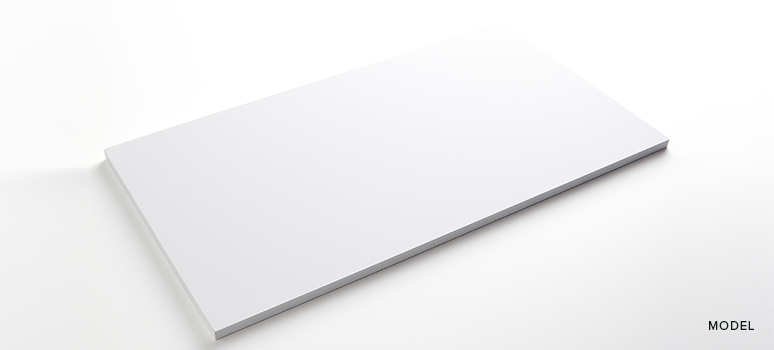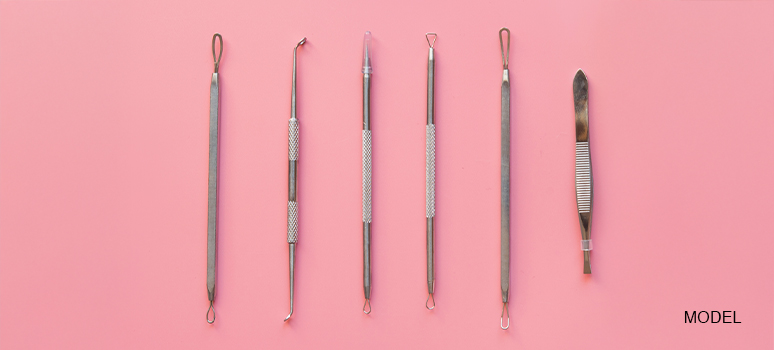
Compression Foam: Understanding the Key Characteristics
The familiarity of foam products’ language and its properties is essential when they are bought. Foam hardiness can be evaluated through compression. This article will evaluate the term ‘compression foam’, state its meaning, explain its importance and show how it impacts different uses. This guide gives information that is useful for selecting cushions, mattresses and other uses for foams.
What is Compression Foam?
Compression foam refers to the firmness or softness of foam, which is determined by its compression rating or Indentation Load Deflection (ILD). It measures the number of pounds required to compress a piece of foam by 25% and have it bounce back to its original thickness. In simpler terms, it indicates how much pressure is needed to compress the foam and how well it recovers its shape.
The Significance of Compression in Foam
Understanding the compression rating is essential as it directly impacts the comfort and support provided by foam products. Whether you are looking for a cushion that offers a plush feel or a mattress that provides optimal support, the compression rating plays a crucial role in determining the desired level of firmness.
A higher compression rating indicates a firmer foam, while a lower rating signifies a softer foam. Too high of a compression rating can result in a foam that feels too rigid, while too low of a rating can lead to a foam that lacks support and durability.
How Compression Relates to Density
Density is another key feature that influences the lifespan of foam while firmness is determined by compression. Density refers to mass per unit volume and it is measured in pounds per cubic foot. It shows the ratio of foam to air since high density foams have less air hence they are more durable. However, those with low densities are cheaper but may not last as long. When choosing foam, both density and compression should be considered so that you can meet your specific needs.
Applications of Compression Foam
Different industries and products use compression foam. Here are some common uses:
- Cushions and Pillows: Cushions and pillows being manufactured out of compression foam have been used for many years to provide comfort and support for seating as well as sleeping, especially for individuals with back pain or other musculoskeletal issues.
- Mattresses: how firm or supportive a mattress is largely depends on the foam’s compression rating. Whether you like plush or firm mattresses, the compression rating assists in making the right choice for your needs.
- Upholstery: Compression foam is employed while doing upholstery tasks so that it can add cushioning and comfort to furniture such as sofas, chairs, and ottomans, providing long-lasting support and a luxurious feel.
- Medical and Orthopedic Equipment: Compression foams are sometimes used in wheelchair cushions or mattress overlays among other things that help patients by relieving their pressure while providing support too.
- Packaging and Insulation: Packaging materials use appropriate compressed foams to safeguard delicate items during transportation. It is also used for insulation purposes in various industries.
When it comes to purchasing high-quality compression foam, Robbins Instruments is a reliable and trusted supplier. With their extensive range of foam options and expertise in the industry, they can provide you with the perfect foam solution tailored to your needs. Visit their website today to explore their products and make a purchase.
Remember, choosing the right compression foam is essential for achieving the desired level of comfort, support, and durability. With Robbins Instruments, you can be confident in the quality and performance of your foam products. Don’t compromise on the foam that forms the foundation of your comfort. Choose Robbins Instruments for all your compression foam needs.





